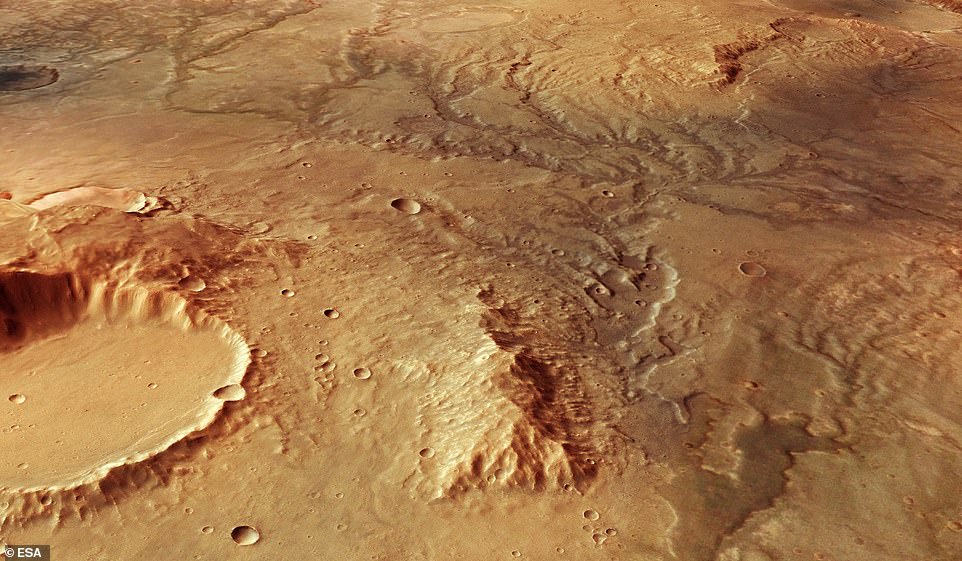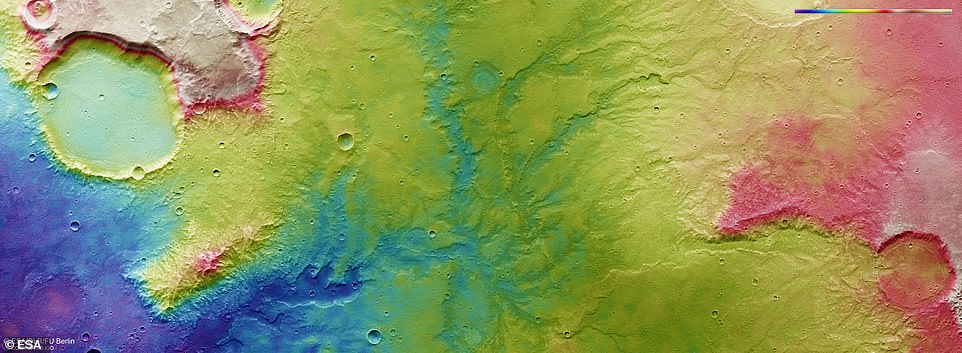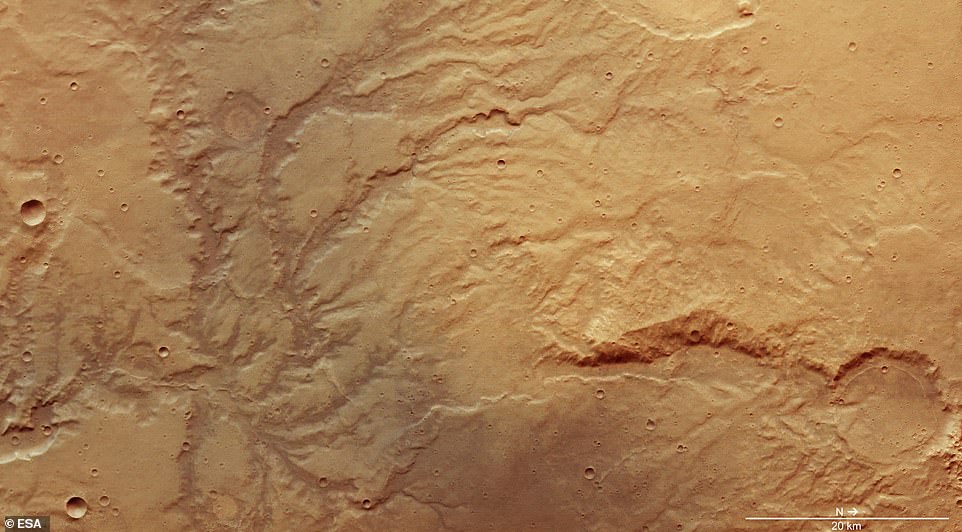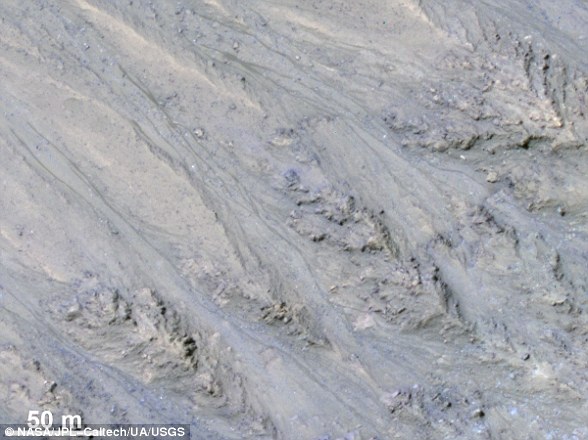

تظهر الصور التي التقطها القمر الصناعي “مارس إكسبرس” التابع لوكالة الفضاء الأوروبية، لمحة عن شبكة قديمة من الأنهار على سطح كوكب المريخ.
ووفقا لصحيفة الـ”إندبندنت” البريطانية، فإن الوديان الظاهرة في الصور تشكلت كما حصل على كوكب “الأرض”، مع تدفق قوي للماء عبر المظاهر الطبيعية في “الكوكب الأحمر
ولكن السؤال الأكثر استغراباً هو من أين جاءت هذه المياه؟. وتقول الصحيفة إنه “بسبب قلة المعرفة حول المناخ السابق للمريخ ، لا يستطيع العلماء معرفة ما إذا كان مصدرها المياه الجوفية ، أم الأمطار ، أم ذوبان الأنهار الجليدية أو شيء لم يسمع به من قبل”.
لا توجد مياه جارية على سطح المريخ في أيامنا هذه ، على الرغم من اكتشاف الكثير من خصائص المياه السابقة في السنوات الأخيرة ، مما يوحي بأن كوكب المريخ كان في يوم من الأيام ذا مناخ أكثر رطوبة وحرارة
ويثير كل اكتشاف المزيد من التساؤلات حول الغلاف الجوي السابق للكوكب ، ويرغب العلماء في النهاية في معرفة ما إذا كان مناسبًا للحياة أم لا.
في العام المقبل ، ستطلق وكالة الفضاء الأوروبية بالتعاون مع برنامج الفضاء الروسي “روسكوموس” بعثة “إكسومارس” بهدف أساسي هو “اكتشاف ما إذا كانت هناك حياة على سطح المريخ”.





